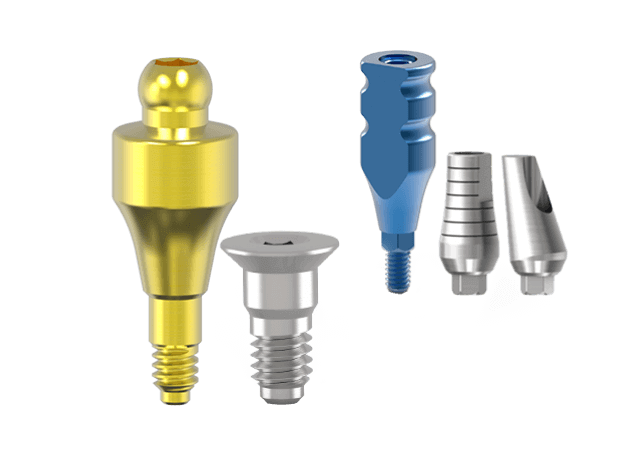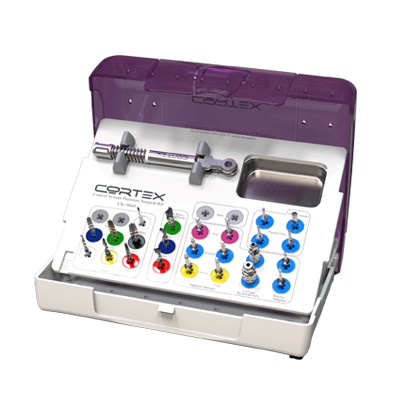The Critical Role of Digital Scanning in Implant Dentistry Workflows
Dental Scan – The integration of 3D scanning technologies into implant dentistry over the last decade marks a pivotal shift. From traditional methodologies to digitally driven precision. Intraoral optical scanning, in particular, has become an essential tool in the armamentarium of dental professionals. Enabling the capture of highly detailed and accurate representations of a patient’s oral anatomy. This advancement facilitates the digital planning and execution of dental implant procedures with an unprecedented level of detail and accuracy. This article delves into the nuances of dental scanning processes and underscores the significant benefits they bring to modern implant dentistry workflows.
Emergence of Intraoral Scanning
Intraoral scanners employ sophisticated camera technologies. They are often based on structured or laser light projection, to meticulously map the surface topology of teeth and surrounding soft tissues. Advanced software algorithms are used to merge these captured images into a comprehensive 3D digital model. This digital approach surpasses traditional putty-based impressions in precision. Capturing even the most minute details without causing discomfort to patients.
Streamlined Clinical Workflows
The digitization of intraoral conditions through dental scans allows for the immediate integration of the captured data with other digital diagnostic tools. Such as Cone Beam Computed Tomography (CBCT) scans and facial scans. This integration is facilitated by specialized implant treatment planning software. Offering clinicians a holistic view of the patient’s oral and maxillofacial anatomy. The detailed analysis aids in the meticulous mapping of vital structures relative to proposed implant sites. Streamlining the design and fabrication of surgical guides. As well as temporary and final prosthetics, through CAD-CAM systems.
Optimized Surgical Implant Placement by Dental Scan
The depth of detail provided by integrated scanning data permits the precise placement of surgical implants. Tailored to the individual’s unique oral anatomy and bone density. Ensuring optimal implant stability and long-term success. Virtual treatment planning allows for the customization of surgical guides. They are equipped with guides for precise implant insertion. Thereby enhancing directional and angular accuracy. This digital planning and execution framework significantly reduces the margin for error. Allowing for freehand placement with improved control and predictability.
Conclusion
The advent of dental scan technology has transformed implant dentistry from a field reliant on analog techniques to one grounded in scientific precision and digital efficiency. By eliminating the need for approximation, digital scans introduce advanced visualization tools that enable clinicians to meticulously plan complex procedures with no risk to the patient. The integration of digital diagnostics into cohesive workflows enhances the planning process. They ensure personalized precision in surgical execution and promote consistency in prosthetic outcomes. The role of 3D intraoral scanning in implant dentistry is foundational. Supporting the delivery of biomechanically sound. Aesthetically pleasing implant treatments that are tailored to the specific needs of each patient. This digital evolution underscores a broader trend towards precision, efficiency, and improved patient outcomes in dental care.





